This is the first time I post in this community, but this post had no better place than this, to be published. Hoping you enjoy and find the topic interesting, here it goes.
Varadero was founded in 1887 and consolidated as a seaside resort during the first decades of the 20th century. Wooden architecture played a fundamental role in its early years, and it boasted emblematic buildings dedicated to leisure and recreation.
Most of the buildings that were constructed in the founding years belonged to wealthy Cárdenas residents whose tastes were strongly influenced by the architectural trends of the United States of America,
mainly from South Florida.
They were aesthetically impressive, above all, because economy was not the most important thing. Many of these were built without the help of professional architects.
The builders were the architects themselves. Mostly carpenters from the shipyards of Cárdenas and Matanzas who formed brigades to execute these works. Many times they were hired by the owners of the shipyards or small construction companies, which in turn, also had properties in the resort.
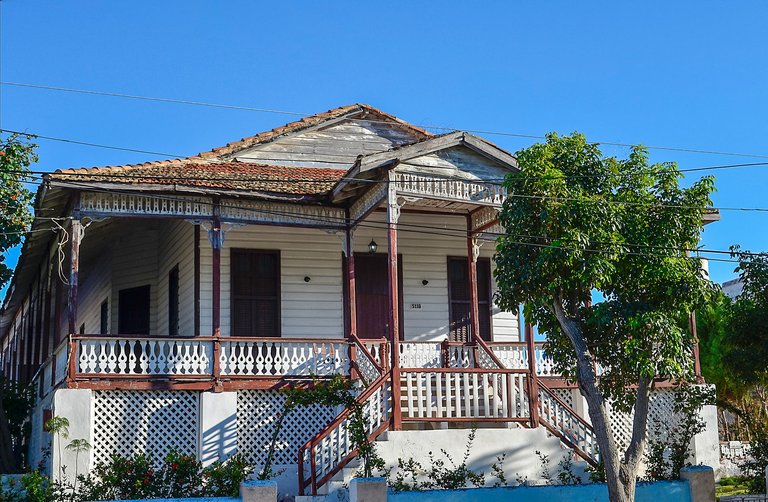
Alice House 1925
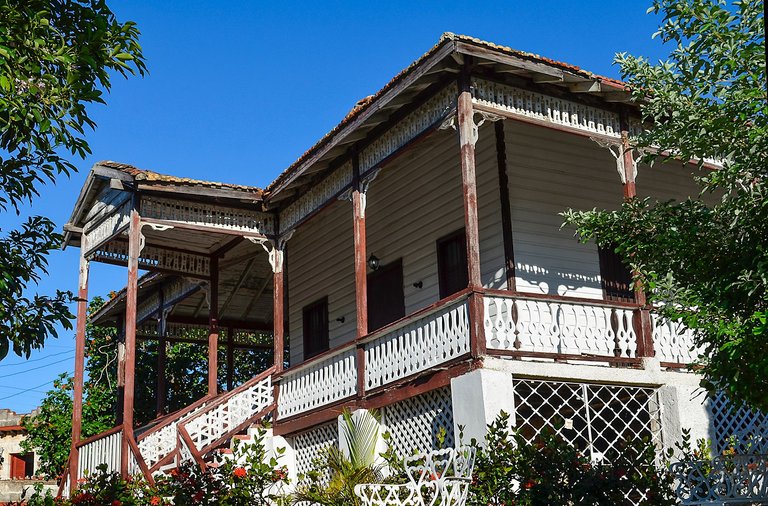
Wooden architecture is the part of the built heritage that deteriorates the fastest. It requires serious and adequate conservation and maintenance plans. Today, more than a century after its foundation, only about 40 buildings of this type remain in Varadero. They have disappeared due to meteorological events, fires and most of them were demolished by the hand of man.
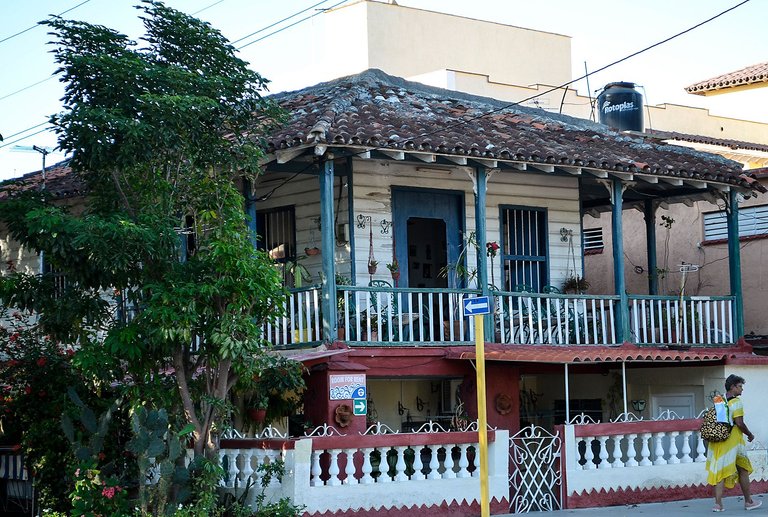
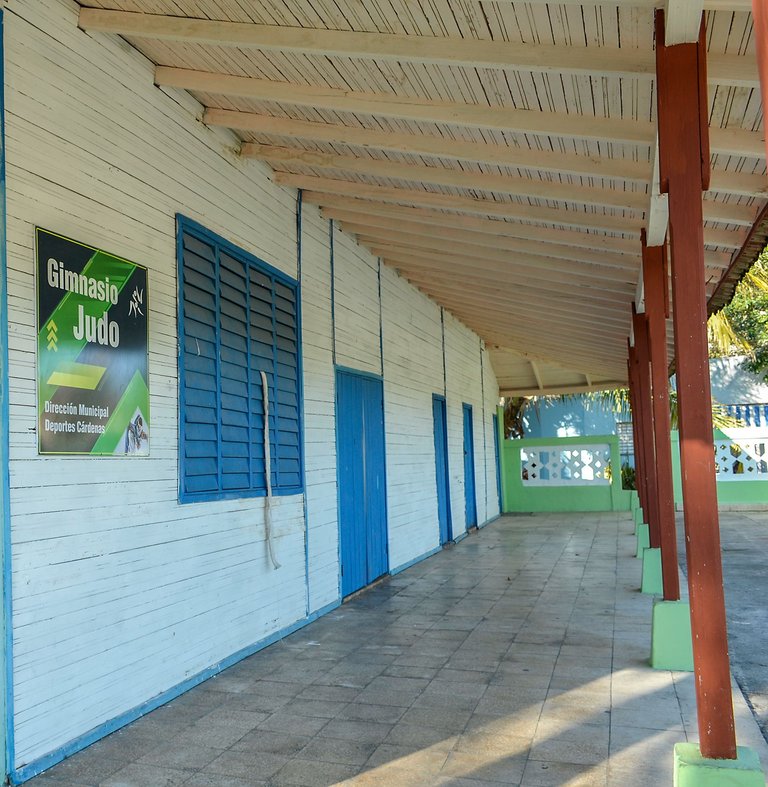
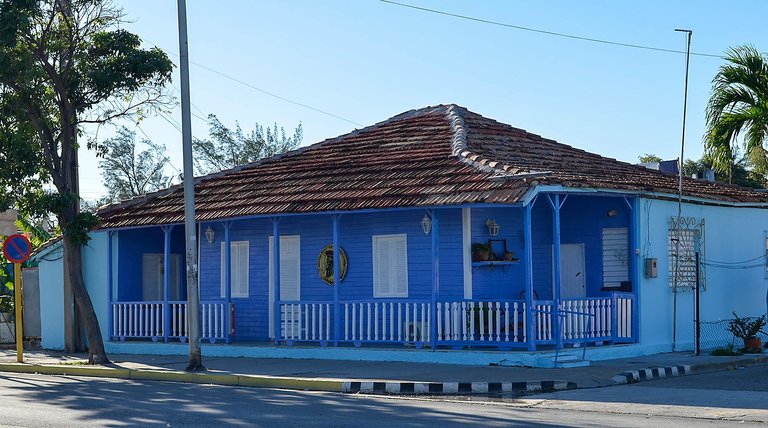
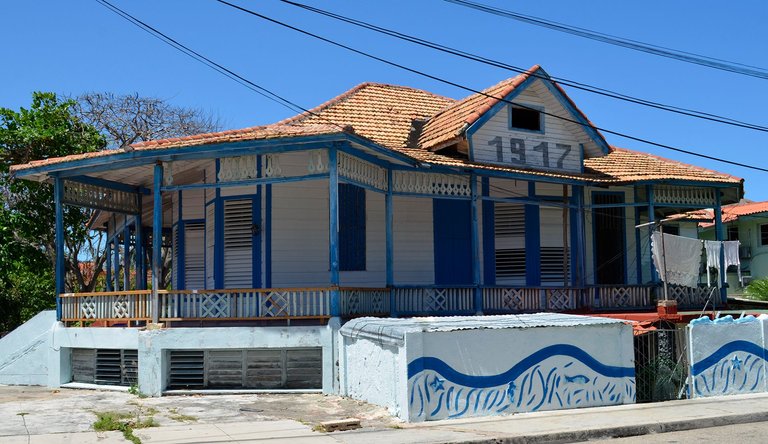
The surviving examples were built between 1917 and 1939, with some dating from the 1940s and 1950s. Many are in very poor condition, others have been partially rehabilitated, adapting their spaces to new commercial functions.
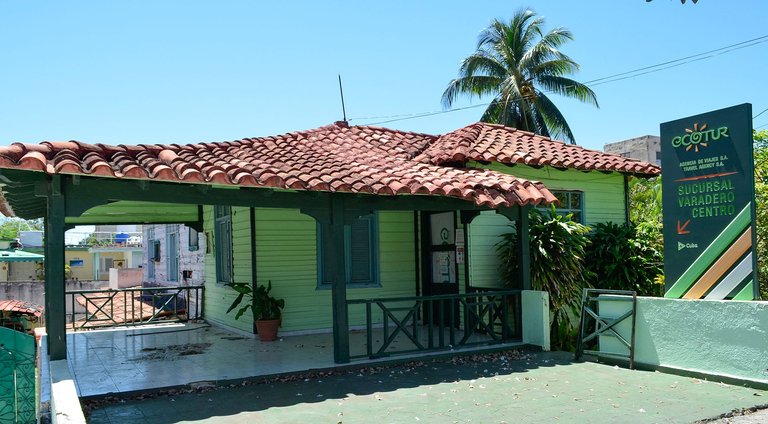
Ecotour Travel Agency
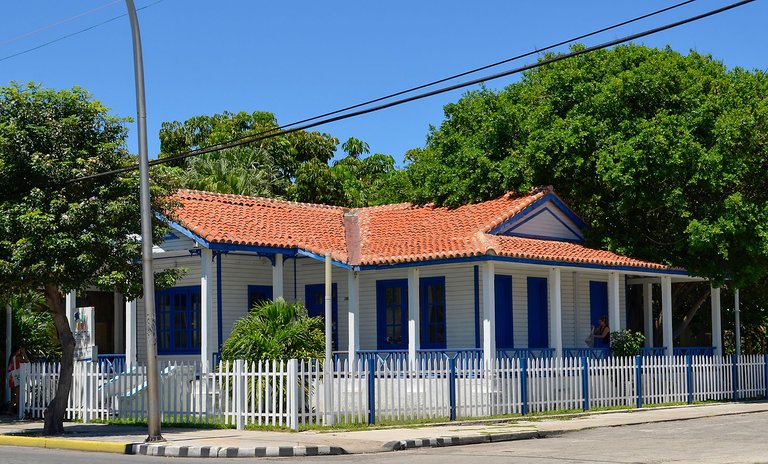
Photoservice
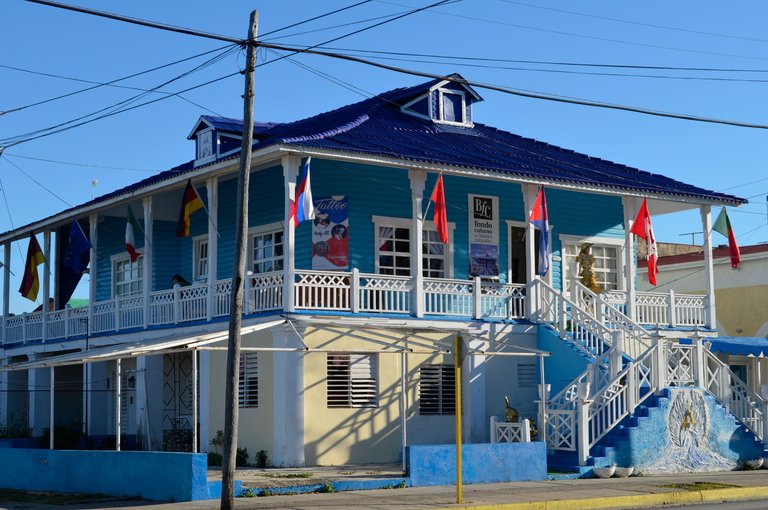
Cuban Cultural Property Fund (FCBC) Store
Although these examples do not reflect the architectural splendor of Varadero's founding era, they should try to preserve the remnants of its historical image. The rehabilitation of the buildings, whose beauty still impresses in spite of their condition, should be a priority, something that unfortunately is not happening.
In the meantime, most of the tourists from around the world and from our country continue to visit Varadero to enjoy its beaches and white sand. Some, like me, discover the few wooden houses that continue to stand upright in the face of oblivion and abandonment, desperately crying out for rescue.
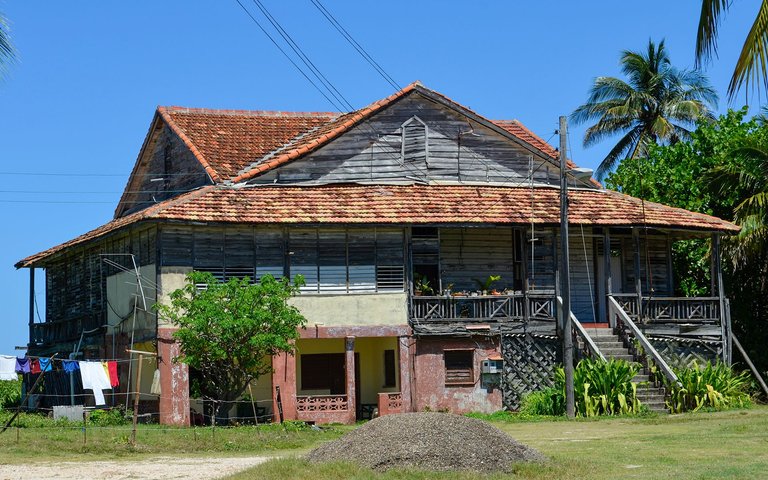
Castro House 1917
Es la primera vez que publico en esta comunidad, pero este post no tenía mejor lugar que este, para ser publicado. Con el deseo que disfruten y encuentren interesante el tema, aquí les va.
Varadero fue fundado en 1887 y se consolidó como balneario durante las primeras décadas del siglo XX. La arquitectura de madera desempeñó un papel fundamental en sus primeros años, llegando a ostentar emblemáticas construcciones dedicadas al ocio y al esparcimiento.
La mayoría de las edificaciones que se construyeron en los años fundacionales pertenecían a acaudalados cardenenses cuyos gustos estaban muy influenciados por las corrientes arquitectónicas de los Estados Unidos,
principalmente del sur de la Florida.
Eran construcciones estéticamente impresionantes, sobre todo, porque economizar no era lo más importante. Muchas de estas fueron realizadas sin la ayuda de arquitectos profesionales. Los constructores, eran los propios arquitectos. Mayormente carpinteros de los astilleros de Cárdenas y Matanzas que formaban brigadas para
ejecutar esos trabajos. Muchas veces eran contratados por los propios dueños de los astilleros o pequeñas empresas constructoras, que a su vez, también tenían propiedades en el balneario.
La arquitectura de madera es la parte del patrimonio edificado que se deteriora con mayor rapidez. Requiere planes de conservación y mantenimiento serios y adecuados. Hoy en día, a más de un siglo de su fundación, solo unas 40 edificaciones de este tipo quedan en Varadero. Han desaparecido por eventos meteorológicos, incendios y la mayoría fueron derrumbadas por la mano del hombre.
Los ejemplos que aún sobreviven fueron construidos entre 1917 y 1939, existiendo algunos de las décadas de 1940 y 1950. Muchos en muy mal estado, otros se han rehabilitado de manera parcial, adecuando sus espacios a nuevas funciones de tipo comercial.
A pesar de que estos ejemplos no reflejan el esplendor arquitectónico de la época fundacional de Varadero, deberían tratar de conservar los remanentes de su imagen histórica. La rehabilitación de las edificaciones, cuya belleza aún impresiona a pesar de su estado, debería ser prioridad, cosa que lamentablemente no sucede.
Mientras tanto, la
mayoría de los turistas del mundo y de nuestro país siguen visitando Varadero para disfrutar de sus playas y blanca arena. Algunos, como yo, descubrimos las
pocas casas de madera que continúan erguidas frente al olvido y el abandono, clamando desesperadamente por su rescate.
All rights reserved on the text and images, which are of my authorship unless otherwise indicated. I use DeepL for translation because my English is very bad 🤭.
All rights reserved on the text and images, which are of my authorship unless otherwise indicated. I use DeepL for translation because my English is very bad 🤭.
